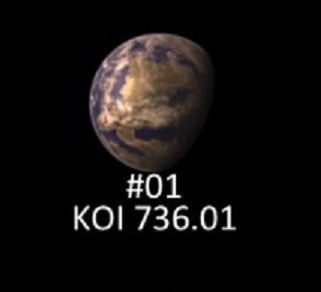Kepler 22-b ‘Most Earth-Like’ Planet: 10 More Potentially Habitable Planets


The news that NASA's Kepler mission has confirmed that Kepler 22-b is the best hope for future human habitation has caused near global excitement.
Twice the size of Earth with a temperature of around 22C, Kepler 22-b was actually discovered two years ago, but has only just been identified as the planet most similar to ours.
This news was proceeded by an announcement that the Kepler mission had already discovered two planets which met the criteria for habitability.
The first one, Gliese 581d, is six times the mass of Earth and has a surface temperature of -50 C. It takes around 67 days to orbit a star around 20 light years away in the constellation Libra.
The HD 85512b is four times the mass of our planet and has a surface temperature of 65 C and exists 36 light years away in the constellation Vela.
Both the Gliese 581d and HD 85512b have now been confirmed as potentially habitable, but The Habitable Exoplanets Catalog (HEC) are hoping that there may be some more yet.
The HEC has compiled a list of potential habitable 'exoplanets' - a planet that lies outside the Solar System -based on various indices and categories to indentify, rank and compare each exoplanet.
There are a total of 708 'exoplanets' which have been officially confirmed. Out of this number, 16 have been placed on a list of planets which are potentially habitable, ranked by their similarities to Earth.
These planets all orbit a star in the 'habitable zone' - a region where liquid water could possibly exist because of the distance. While some of the surface temperatures may vary from very hot to below freezing, unlike Kepler 22-b relatively cool 22 C, there is still the potential for life to exist, even if just microbial.
The following photos show what the top 10 potential habitable exoplanets are, depending on the Earth Similarity Index (ESI), which look at a planet's radius, density, escape velocity, and surface temperature.
© Copyright IBTimes 2025. All rights reserved.






















